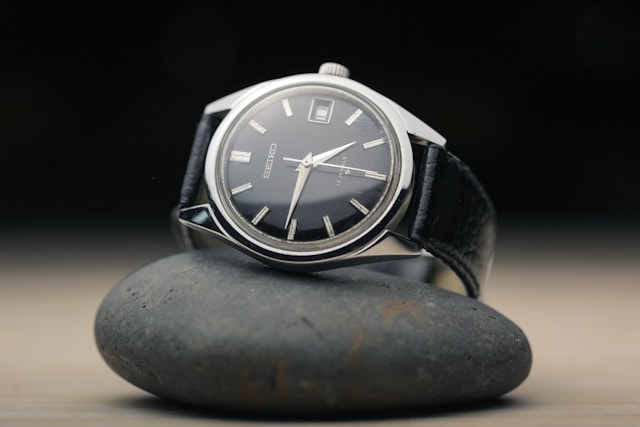Simple Carousel
Below is an example implementation of a simple carousel which utilizes the hooks provided by react-swipeable within a TypeScript context.
Simple Carousel Code Source
You can see this full example as pure code within the Carousel.tsx file within the React-Swipeable repo directly.
Simple Carousel Live Preview





Note: The action of swiping must have a duration of 500ms or lower in order to trigger the swipe action.
Simple Carousel Code Explained
Import the hook directly from the react-swipeable library. In our example, we built and imported a local set of UI components: you can utilize your own UI and styling, or use your favorite UI component library of choice.
import { useSwipeable } from 'react-swipeable';
import {
Wrapper,
CarouselContainer,
CarouselSlot,
SlideButtonContainer,
SlideButton,
PREV,
NEXT
} from '../components';
Below, we set up types and an interface for some of the work we'll be building. Next, we write a function called getOrder, which will drive the position of each item in the carousel, and what order of position each will be displayed in context of the carousel. Finally, we have a simple getInitialState position that sets the CarouselState of the carousel we'll be building.
type Direction = typeof PREV | typeof NEXT;
interface CarouselState {
pos: number;
sliding: boolean;
dir: Direction;
}
type CarouselAction =
| { type: Direction, numItems: number }
| { type: 'stopSliding' };
const getOrder = (index: number, pos: number, numItems: number) => {
return index - pos < 0 ? numItems - Math.abs(index - pos) : index - pos;
};
const getInitialState = (numItems: number): CarouselState => ({ pos: numItems - 1, sliding: false, dir: NEXT });
Next, we build a reducer for controlling the action of the Carousel, using a switch to set CarouselState logic.
function reducer(state: CarouselState, action: CarouselAction): CarouselState {
switch (action.type) {
case PREV:
return {
...state,
dir: PREV,
sliding: true,
pos: state.pos === 0 ? action.numItems - 1 : state.pos - 1
};
case NEXT:
return {
...state,
dir: NEXT,
sliding: true,
pos: state.pos === action.numItems - 1 ? 0 : state.pos + 1
};
case 'stopSliding':
return { ...state, sliding: false };
default:
return state;
}
}
Then, building upon the reducer logic, the <Carousel> is constructed. We hold the number of items within a count of numItems. We utilize the reducer within the React.useReducer hook.
By creating slide, as a const, we can utilize that later in the component, calling it within useSwipeable: called upon slide(NEXT) and slide(PREV), invoking the dispatch and the timeout we built within slide. Within the use of useSwipeable, we set swipeDuration to 500ms. We set preventScrollOnSwipe to true, and trackMouse to true.
At the end, we return the component itself, built with the components we've created, with handlers passed into the wrapping <div> around the surrounding container. The <CarouselContainer> holds the directional and sliding state, and within that container the items we want to display are mapped as React.Children, utilizing getOrder.
When we put it all together, our <Carousel> is complete!
const Carousel: FunctionComponent<{children: ReactNode}> = (props) => {
const numItems = React.Children.count(props.children);
const [state, dispatch] = React.useReducer(reducer, getInitialState(numItems));
const slide = (dir: Direction) => {
dispatch({ type: dir, numItems });
setTimeout(() => {
dispatch({ type: 'stopSliding' });
}, 50);
};
const handlers = useSwipeable({
onSwipedLeft: () => slide(NEXT),
onSwipedRight: () => slide(PREV),
swipeDuration: 500,
preventScrollOnSwipe: true,
trackMouse: true
});
return (
<div {...handlers}>
<Wrapper>
<CarouselContainer dir={state.dir} sliding={state.sliding}>
{React.Children.map(props.children, (child, index) => (
<CarouselSlot
order={getOrder(index, state.pos, numItems)}
>
{child}
</CarouselSlot>
))}
</CarouselContainer>
</Wrapper>
<SlideButtonContainer>
<SlideButton onClick={() => slide(PREV)} float="left">
Prev
</SlideButton>
<SlideButton onClick={() => slide(NEXT)} float="right">
Next
</SlideButton>
</SlideButtonContainer>
</div>
);
};